Producing a product commercial might seem like a daunting task, especially when it involves 3D-modeled elements. In this case, we worked on a commercial for the JBL Flip 6 speaker.
WHERE TO START?
First, we need a concept to base the commercial on. At this point, we know that the product to be featured will be the JBL Flip 6 speaker.
We should work with a product brief, which provides the characteristics of the product, allowing us to highlight all its key features.
DEVELOPING THE IDEA
We begin by writing a script that outlines the story behind the product. This script can be technical, explaining camera angles and movements.
A storyboard is also created to provide a visual idea of how the scenes will be shot.
PRODUCTION
For the JBL Flip 6 speaker commercial, after completing the storyboard, it was decided to incorporate stock footage, allowing more focus on 3D modeling and animation.
The modeling is done using 3D software, and the realism of the product depends on a well-crafted model with correct topology.
A scene is established where the product will be placed, textures are applied to the 3D model, and lighting is adjusted to add the final touches.
Additional elements help create a more engaging composition.
The animation of the model is also crucial, whether it involves animating the model itself or setting up a moving camera within the software.
Once the commercial production is complete, the footage is rendered to obtain a raw cut of the model.
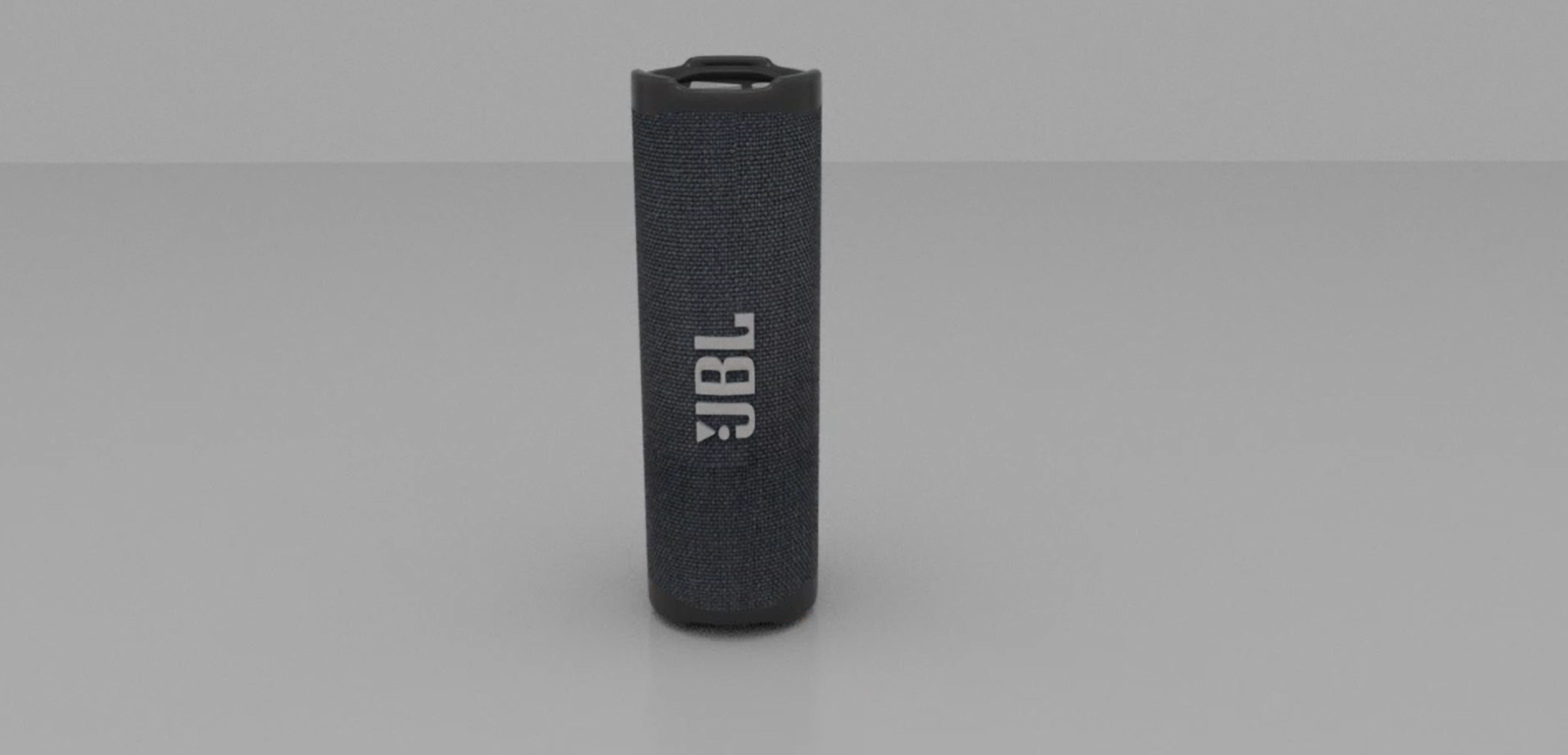
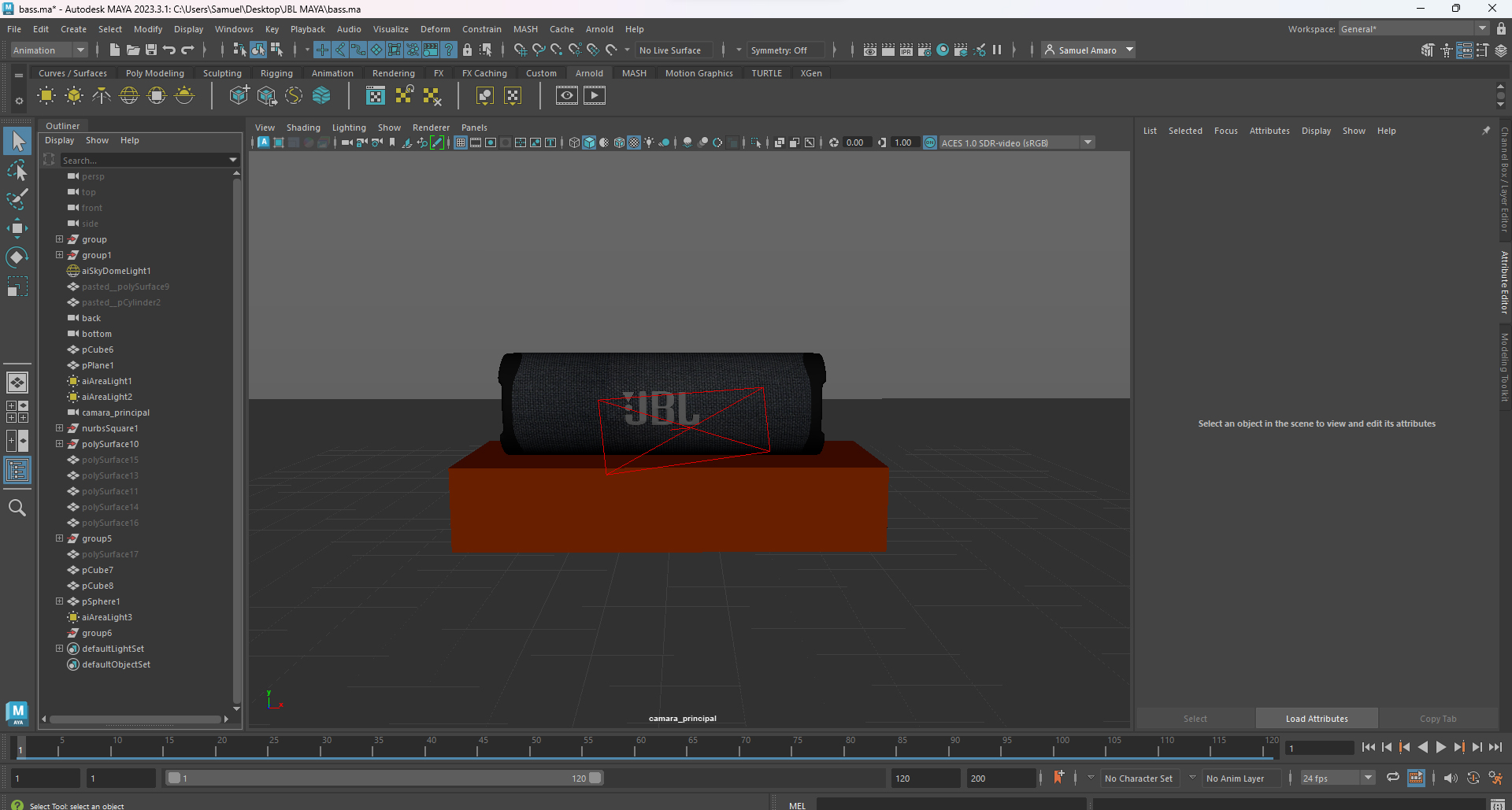
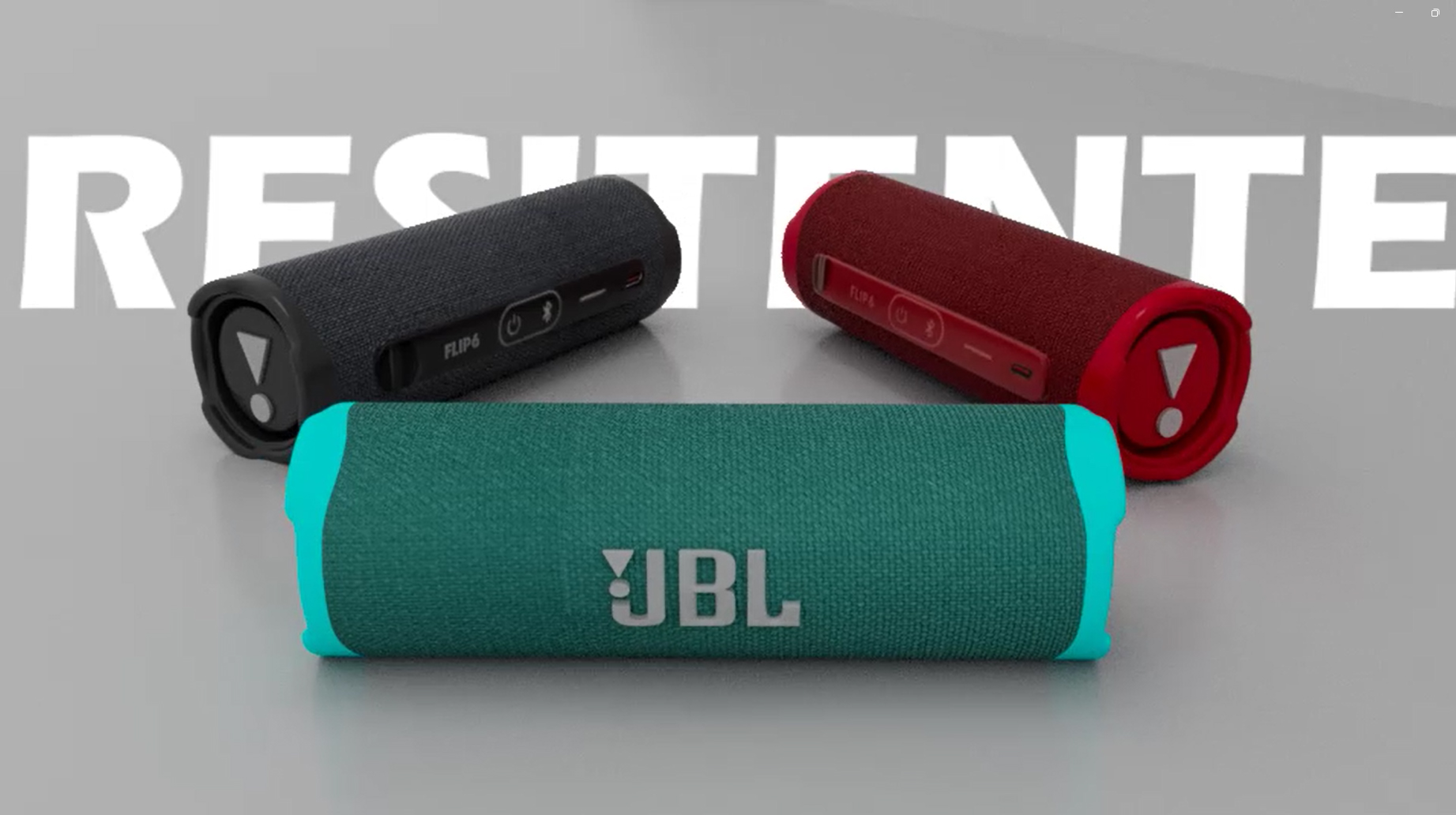
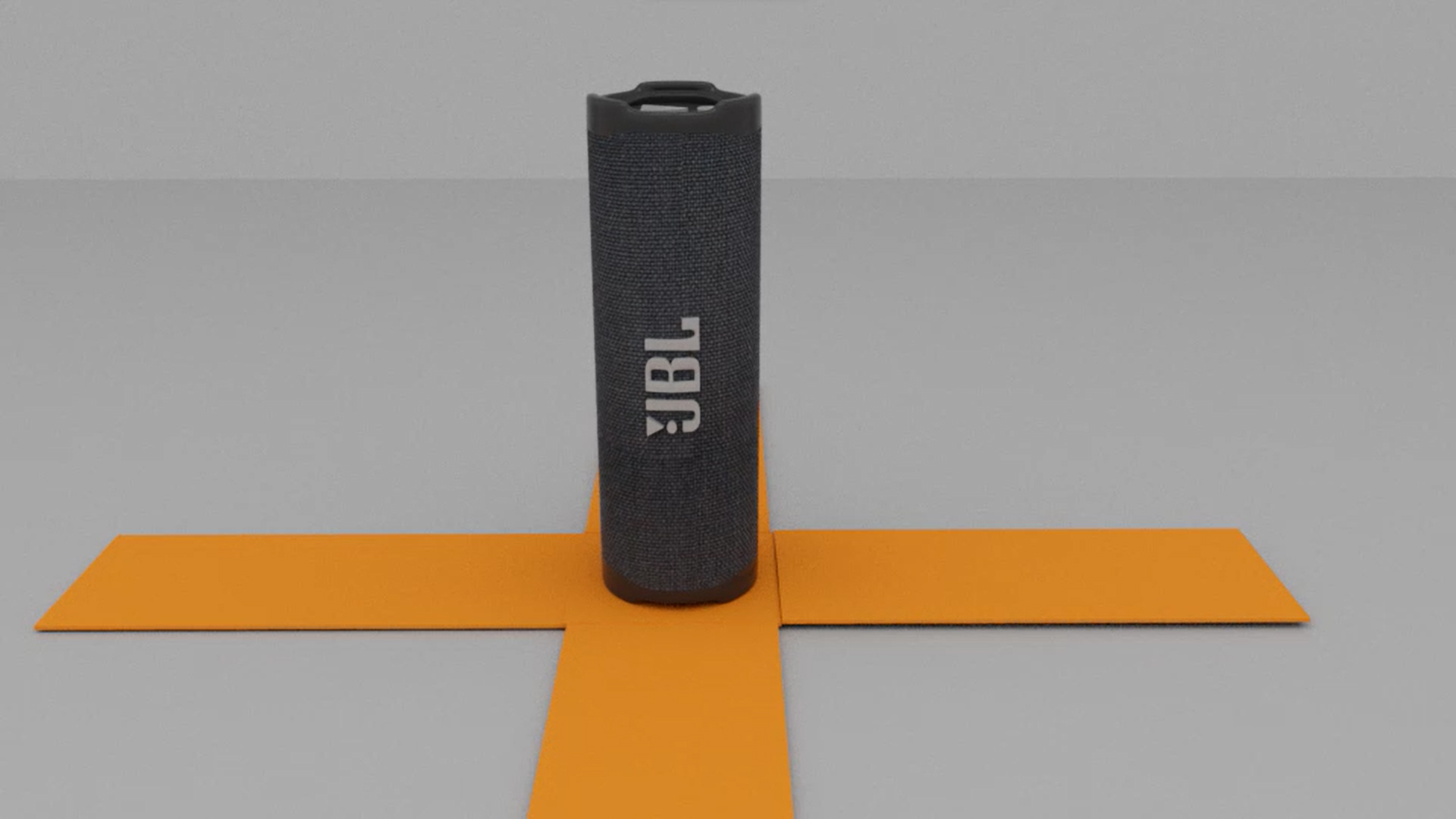
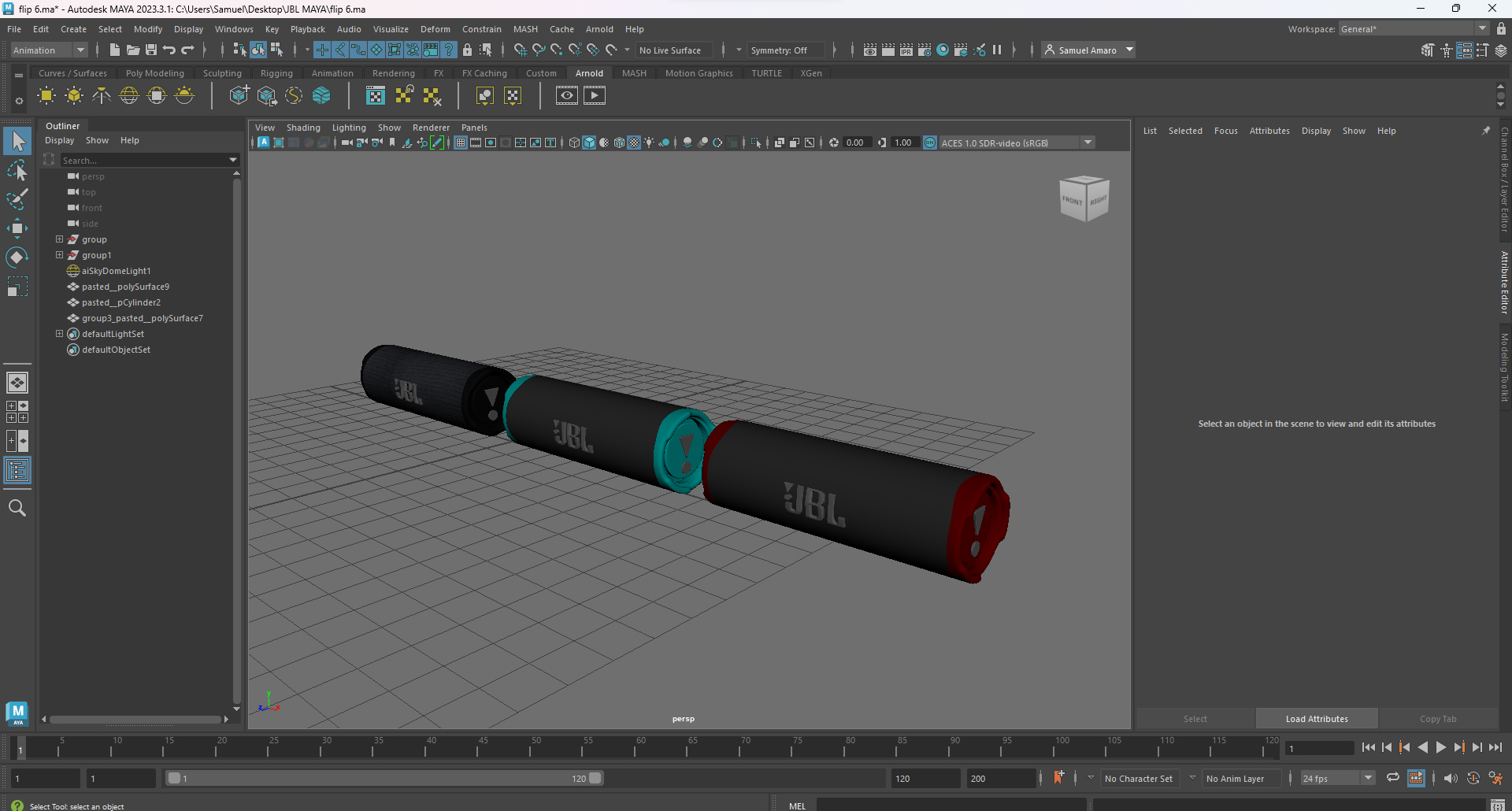
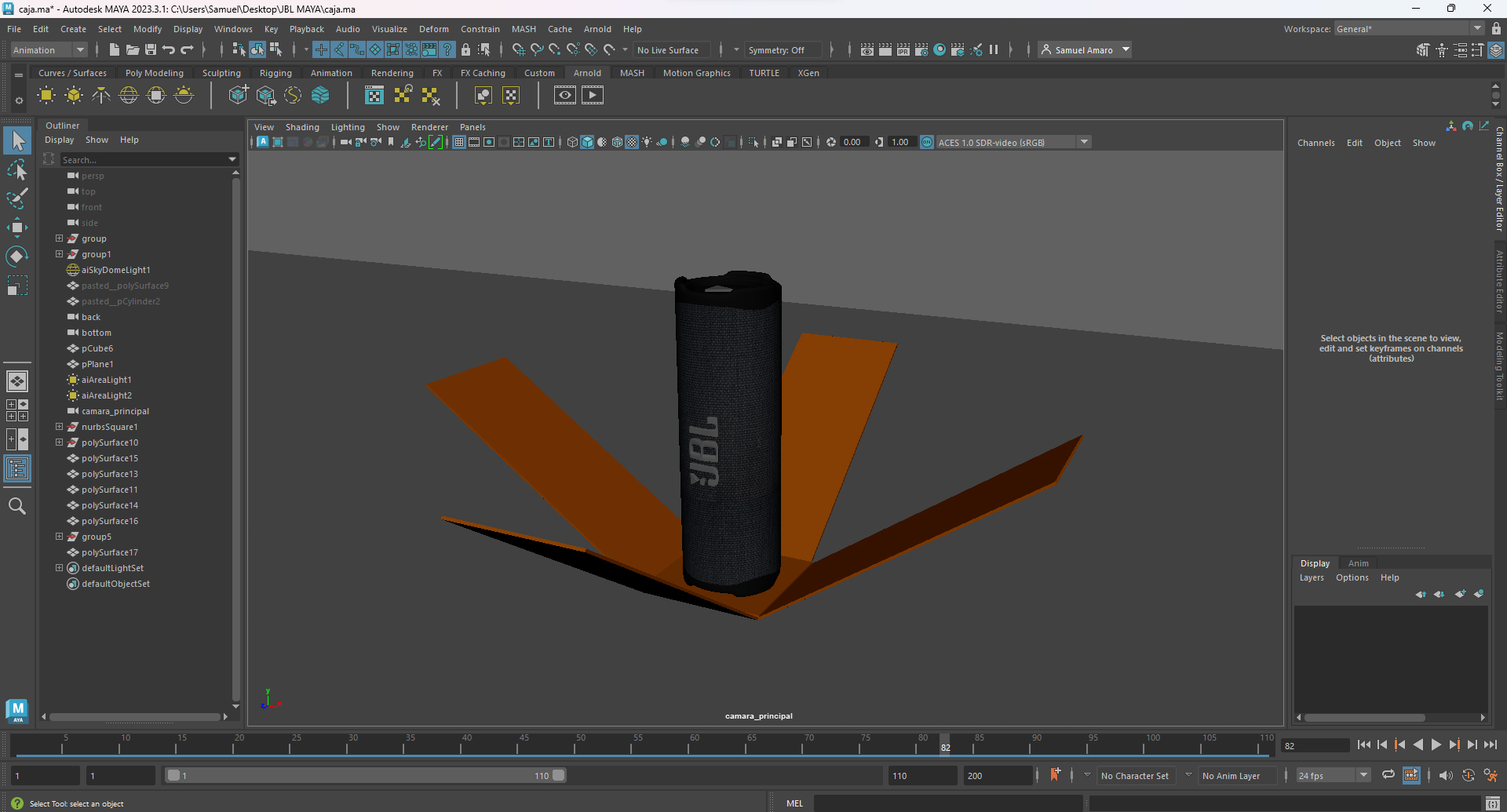
POST-PRODUCTION
With the final footage in hand, the editing process begins: combining the videos, making cuts, integrating stock footage, adding titles or motion graphics to enhance the video, and performing color correction.
Once everything is compiled, sound is added, and the final render is produced.
Here is the video of the JBL Flip 6 speaker commercial.
Source: Student´s work
Bachelor’s Degree in Animation and Digital Design
More news about Animation and Digital Design…


